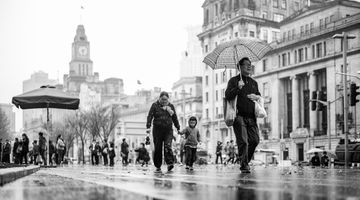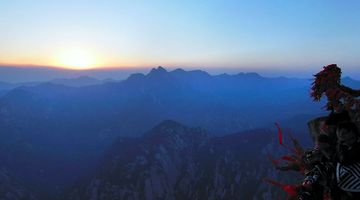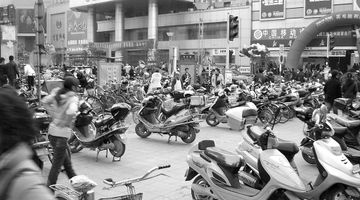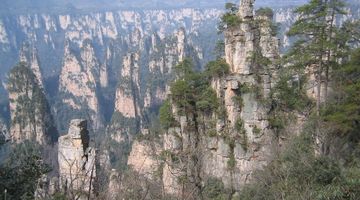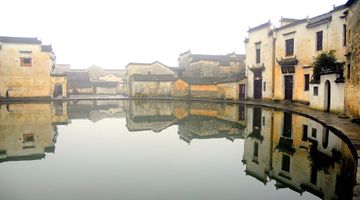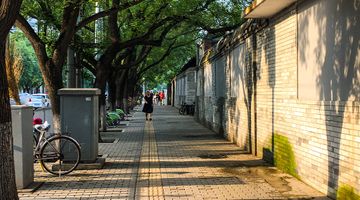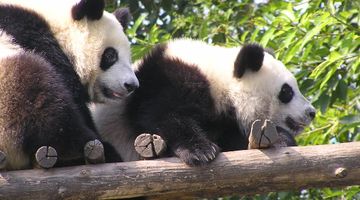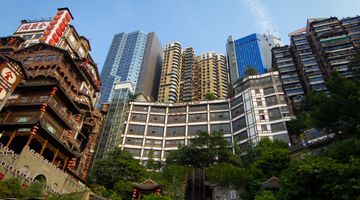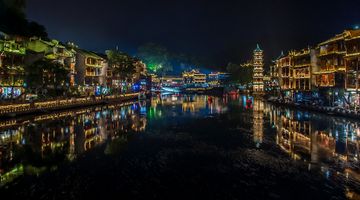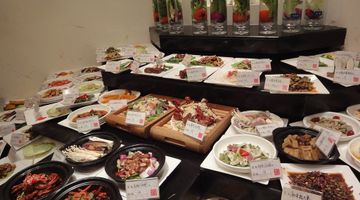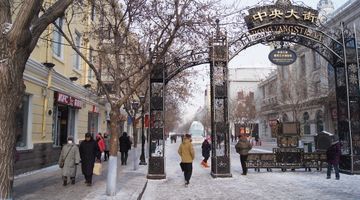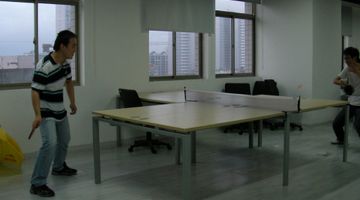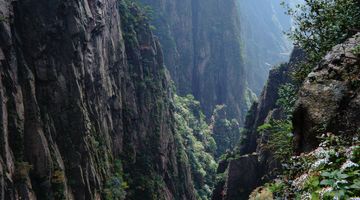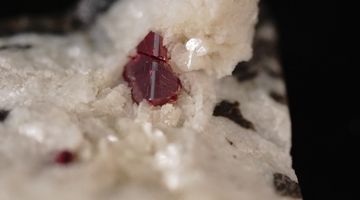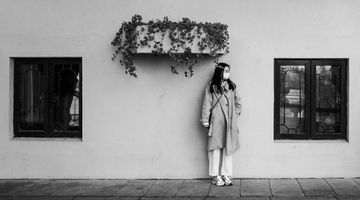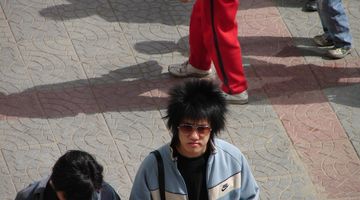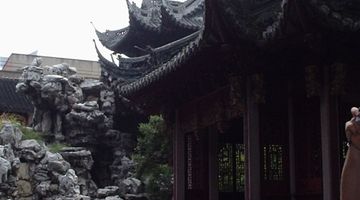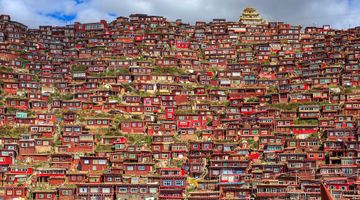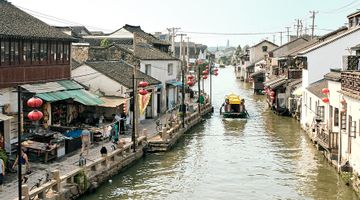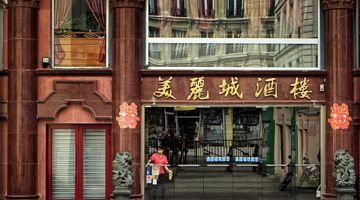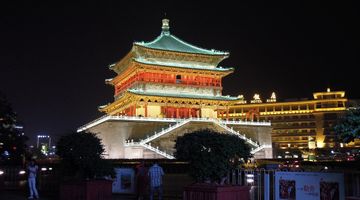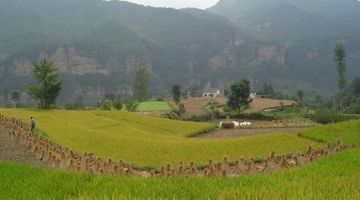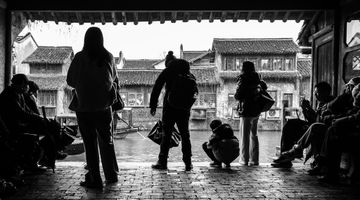Weather and the Best Time to Visit China
China’s huge size results in an extremely diverse climate which varies from tropical in the south from Hainan Island across to Yunnan province to subarctic winters in the extreme north of the country in the provinces of Heilongjiang and Inner Mongolia; while the Tibetan Plateau has an alpine climate.
How many seasons does China have?
Most regions in China have four seasons; these seasons differ greatly. Some regions in the south have a longer summer while in the north the winter can last for almost six months of the year.
Although they do exist, spring and autumn (fall) can be just a few weeks in many regions.
Spring is from April until June in areas around Beijing; further south the spring season is much shorter and may begin as early as March with summer beginning by May. In the north spring-like weather may begin later than April. The temperature in spring is generally around 50-72F or 10-22C.
Summer in the north is no more than two or three months each year due to the long winter, while in the area around Beijing it is a little longer and generally warmer, and humidity is often quite high. Further south and around the Yangtze River and summer can extend as much as half the year and be oppressively hot, with temperatures regularly reaching 104F or 40C or higher. The extreme south has long hot and humid summers.
Autumn or fall is usually the most favourable time of year with temperatures similar to spring with the bonus of drier weather. This season generally lasts from September until November around Beijing. In the extreme north wintry weather will begin by mid October while further south autumn may not begin until the middle of October.
The winter in China has great variations, the Northeast and Inner Mongolia are extremely cold for several months. The northern plains close to Beijing and down the east coast as far as Zhejiang province is also cold with temperatures regularly below freezing with some snowfall. The central areas along the Yangtze River and into Sichuan province are generally cold, snowfall is rare and average temperatures are just above 0C or 32F. In the provinces of Guangdong, parts of Guangxi and southern Yunnan the winter temperature is almost spring like with occasional cold days. The city of Guangzhou in Guangdong province had a little snow in 2016, the first snow in that city for 87 years.
Hainan Island off the coast of Guangdong province is possibly the exception to all this in that it does not really have a winter season. The beaches of this island are packed with tourists even during January or February.
Weather and seasons around China
Northeast – Harbin
The largest city in the north east of China is Harbin with January the coldest month when temperatures regularly drop to -38C or -36F. The summer average is 20C or 68F. It is the city with the lowest average temperature in China at 3.6C or 38F.
Spring in Harbin is from mid or late April until May with little rain although it is the windiest time of year.
The summer in Harbin lasts from June until August and it is also the wettest time of the year with almost half of the annual rainfall during July and August. July brings the warmest temperatures with 23C or 73F being the monthly average.
Autumn or fall in Harbin is short just September until mid October, just a transition into winter with very little rain but fluctuating temperatures which can vary greatly between the daytime and night.
The winter in Harbin is among the coldest weather in China and that also makes it an ideal location for winter. Because of indoor heating there is a big difference between indoor and outdoor temperatures so colds can be frequent. Winter lasts from mid October until April. There is relatively little snow during the Harbin winter, just the unrelenting cold that can see the thermometer drop to as low as -38C or -36F.
North – Beijin
The north of China includes its capital city of Beijing, the seasons here each last 2 or 3 months with the exception of a 5 month winter season.
Spring is short from April until May but temperatures rise almost daily after the cold winter, there can be differences of 12-14C between the daytime and night time temperatures. Spring in Beijing means very little rain but days can be cold and windy at the beginning of this season.
Summer in Beijing lasts from June until August with long hot days and lots of rain. The average temperature in summer is 24C with lots of days in July and August above that.
Fall or autumn in Beijing is the most favourable season for the weather, lots of sunshine and cooler temperatures after the heat of the summer. Temperatures are around 50-72F or 10-22C.
Winter in Beijing is cold and lasts from November until March with average temperatures below 0C or 32F with January being the coldest with an average of below -4C or 28F. There is little rain in Beijing during the winter and lots of sunshine. The air quality in Beijing can be a problem especially during the winter months when the smog can affect the city often for days at a time.
East Coast – Shanghai
The city of Shanghai on the east coast has mild and moist weather in general. Spring lasts from March until May with average temperatures about 20C or 68F. There can be showers of light rain.
Summer in Shanghai lasts from June through to September with a combination of high temperatures and lots of rain. The temperature during July and August can frequently exceed 35C or 95F, and it is advisable to avoid the hottest part of the day around 2pm.
Autumn or fall is a short season from October until November with frequent rainfall until late November.
Shanghai’s winter is from December until February, with late January and early February being the coldest, there is very little snow but the cold wind can make the city seem unbearable.
Hainan Island – Sanya & Haikou
Hainan Island just off the coast of the Chinese mainland in south eastern China has an annual average temperature of 20C (68F) in Haikou the island’s capital on the north coast, this compares to 25C or 77F in the resort of Sanya on the south coast. The weather in Sanya feels like spring or summer all year round.
In Haikou the short winter is a little cooler with an average of 16C or 61F from December until February. The summer temperature reaches an average of 33C or 91F. The summer is also a time for the heaviest rain with a risk of typhoons during the autumn (fall).
Central China – Chongqing
In Central China, Chongqing has an annual average temperature is 18C or 64F with high levels of rain and one of the lowest levels of annual sunshine due to fog and mist.
Spring lasts from March until May with cold spells interspersed with high temperatures and strong winds.
Summer lasts until the end of September, it is hot and muggy. Chongqing is known as one of China’s furnace cities with a summer average of 26C or 79F.
From October until late November is fall or autumn, a season of cloud and rain and gradually cooling temperatures.
Chongqing’s average winter temperature is 4C or 39F, with little frost or snow, just lots of mist and fog.
Northwest
In the north west of China the spring does not arrive until late March or even April, summer is just three months with average temperatures about 23C or 73F. Autumn or fall begins in late August and by October there are big differences between the temperatures of the day and night. The winter is long and cold with an average of -15C or 5F. The rainfall is fairly even throughout the year with air quality being very poor during January and February.
Southwest – Yunnan & Tibet
Yunnan’s capital city of Kunming has a spring like temperature all year round with January being the coldest month with temperatures of 8C (46F) and July the hottest with an average of 19C (66F). May until October is the rainy season with frequent heavy showers. There are lots of high mountains in this province and the temperature drops rapidly as you begin to gain altitude.
On the Tibetan Plateau you will find the city of Lhasa, it is one of the world’s highest cities and is known as the ‘City of Sunlight’ due to its annually receiving more than 3,000 hours of sun. Lhasa has an all year round mild climate and it does not have four seasons, just the two, wet and dry seasons. There is a lot of rain here from June until September. Its average high temperature in June and July is 16C or 61F, while its coldest month of January has an average low of -2C or 28F.
The best things to do in China in...
Spring
During the season of spring in China and some of the activities you could be joining in with include dining or eating outdoors, from a Chinese style barbeque to a picnic in a park or on a mountain. Take part in a city walking tour and discover some of the hidden attractions or take a hike alongside a lake or attraction such as the Great Wall.
Summer
During the summer you could visit the beach, Xiamen in Fujian province has some great beaches as does Qingdao a little further to the north and famous for its beer. Visit one of the Panda Research Centres in Chengdu, Sichuan province or Lhasa in Tibet with its milder summer temperatures.
Autumn
Enjoy the colours of autumn or fall out in the countryside and away from the crowds. Jiuzhaigou Nature Reserve in the north of Sichuan province is delightful at this time of year as is the Yellow Mountain in Anhui. Further afield in the north west of China is Kanas Nature Reserve in Xinjiang province.
Winter
During the Chinese winter instead of hiding away indoors away from the cold go to Harbin and visit the Ice and Snow Festival or head south to Hainan Island where you can relax on the beach in spring like weather.
The best time to go to...
Northern China
Northern China and Beijing are at their best when visited in May and June or September and October. You should try to avoid the extreme temperatures of summer and winter or the possibility of sandstorms in early spring.
Northeast
The north east of China and Harbin are best seen in the summer or winter, the summer here is not too hot so walking around outside is pleasant here. The winter draws big crowds to Harbin for the annual Ice and Snow Festival. It is a popular summer and winter resort best seen in July until September and January and February.
Central China
The best time to visit central China, from the province of Sichuan through to Anhui is in the spring or the autumn (fall). The temperature is pleasant at those times and rainfall at its least. You should avoid the cities of Chongqing, Nanjing, Nanchang and Wuhan during the summer, they are known as the four furnace cities of China and summer temperatures can reach up to 40C (104F) and humidity is very high.
Northwest
In the northwest of China, May until October is the best time of year to visit. The flowers will be in bloom, melons and other fruit are ripe and ready to be picked.
East China
The best time for visiting Shanghai on the east coast is during spring from March until May although October and November can also be pleasant. You should try to avoid the months of June, July and August as these are the busiest months for crowds of tourists, hot weather and showers. Further south and just off the south east of the mainland and Sanya on Hainan Island is best visited from November until April. You should try to avoid the island during the autumn or fall season due to the risk of tropical storms.
Southwest
Kunming in Yunnan province is spring like all year round and receives tourists at any time of the year. The best time to visit is from March until October, it is the time for showers but also when the ethnic minorities of this region stage their cultural festivals. This time of year is also the best time to visit Lhasa on the Tibetan Plateau.
Travellers tips
The best advice to give as to what to pack when coming to China depends on the location, the season and what activities you plan to do.
If you plan on doing a lot of walking then a good pair of walking shoes or boots is a must. You should also pack a mixture of long sleeved shirts and t-shirts, shorts and light weight trousers.
Outside of summer you may need a sweater, light jacket or waterproof coat. Hats, sunscreen and sunglasses to guard against the sun and gloves, scarf and warm hat and coat for the winter.
You will also need some good quality thermals if you are visiting an area that gets particularly cold during the winter.
You may want to consider the choices of visiting during high season or low season. In China the high seasons are from June until September as well as January and February around the Chinese Spring Festival. The first week of October is also a busy time due to the National Day holiday. All of these periods are busy, attractions are packed and hotels often booked well in advance, travel can be a problem particularly on the trains with train tickets sold out a week or so in advance.
Travelling in the off season could save you money with cheaper deals on flights, hotels and fewer crowds than during peak times. The downside to this is some seasonal attractions may not be open.
